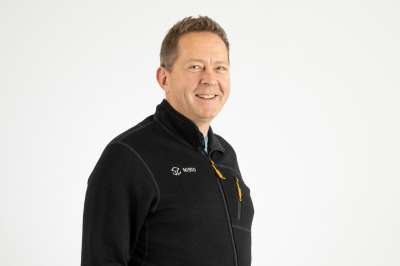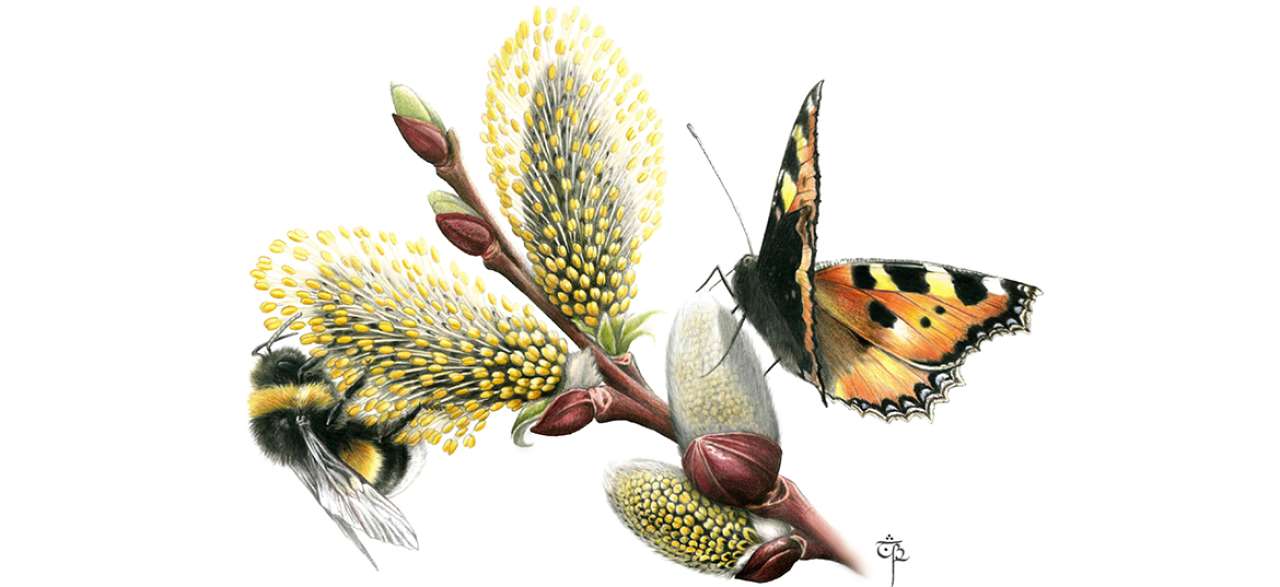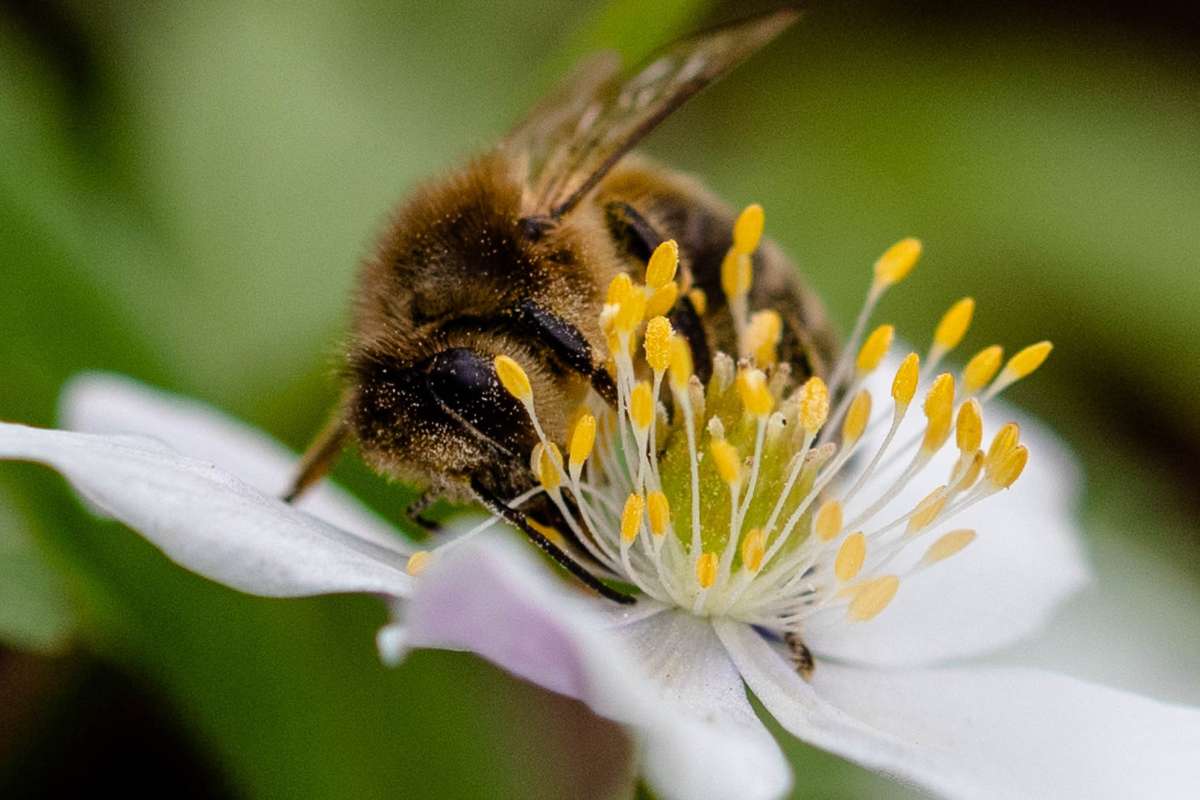
3Q monitoring of pollinators
When the Norwegian Monitoring Programme for Agricultural Landscapes (3Q) started in 1998, it recognized the importance of insects, and aimed to record status and change in potential habitat for them in farming landscapes.

In 2021, NIBIO began a collaboration with the Norwegian Institute for Nature Research (NINA), SABIMA (an umbrella organization for Norwegian biodiversity NGOs), and volunteer citizen scientists to record bumblebees and butterflies in the field at a small selection of 3Q monitoring squares.
The fieldwork involves walking along the edge of fields and recording all bumblebees and butterflies within 2.5 metres on each side, as well as 5 metres ahead and upwards into the air. The walking routes are predetermined and are located in the field using maps and GPS. Each person walks a route that is 1 km in total length, divided into 50-metre segments, or transects. Each transect has its own identification number.
In addition to the insects, flower cover is recorded on a scale from 0 to 3, where 0 means no flowers, 1 indicates 1–20% coverage, 2 indicates 20–80% coverage, and 3 indicates more than 80% coverage. The dominant flowering plant species are also recorded for each transect.
Each monitoring square is visited three times per year: late spring, midsummer, and late summer. This is important because different species are active at different times throughout the season. Weather conditions are also crucial for bumblebees and butterflies, so recording is only done when temperatures are above 15 °C, cloud cover is below 60%, and there is little wind. All species identification is done in the field. Species that are difficult to tell apart in the field are grouped together.
Publications
Abstract
No abstract has been registered
Abstract
No abstract has been registered

